What is Fingerprint Lifting?
 Malcolm Tatum
Malcolm Tatum
Fingerprint lifting is the process of securing copies of fingerprints that are left at a crime scene. Successfully lifting a set of prints increases the possibility of determining who was at the scene in the recent past, which in turn adds to the evidence necessary to identify and justify the arrest of the perpetrator. There are several different approaches to fingerprint lifting that are used around the world, including procedures that make it possible to lift fingerprints that are invisible to the naked eye.
To understand the idea of fingerprint lifting, it is important to note that there are three basic types of fingerprints that may be present at a crime scene. Plastic prints are any set of prints that are left as impressions on soft material. Prints of this type may appear on a bar of soap, in the dust left on a tabletop, or the prints left behind from handling a candle made from wax.
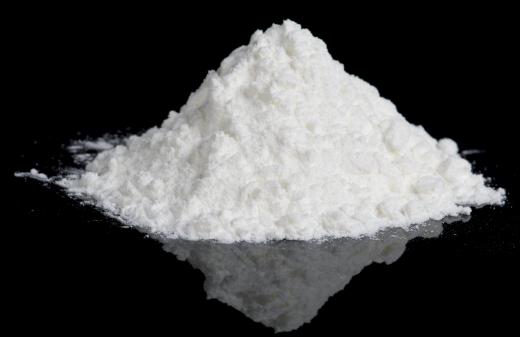
Visible prints are fingerprints that are left behind after the fingers come in contact with some type of substance that leaves an impression when the individual touches a surface. For example, visible prints are left when blood gets on the hands and the individual touches a doorknob, a wall, or tablecloth. Along with blood, substances like wet paint, ink, and even grease on the hands can lead to leaving clear sets of prints that are very helpful for identification.
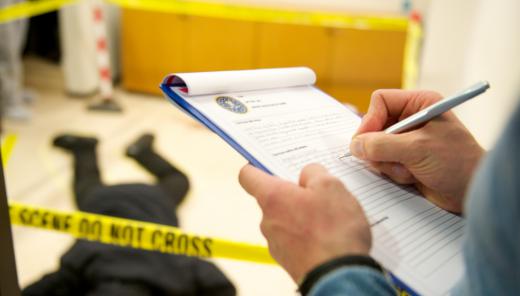
The third class of fingerprints, known as latent or invisible prints, are those that are left behind when the fingers come in contact with objects such as drinking glasses, ash trays, or other surfaces. Prints of this type develop when the perspiration or natural oils on the skin come in contact with the surface. While not always immediately visible, the use of fingerprint powder can often cause the prints to appear.
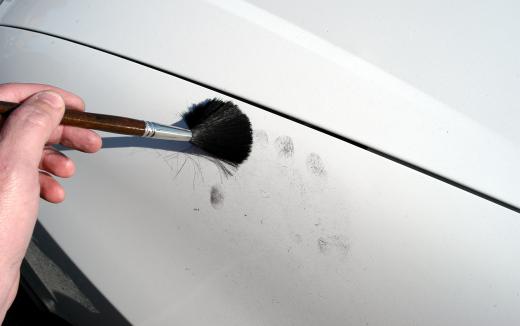
Once a set of prints is identified, the actual process of fingerprint lifting begins. With plastic and visible prints, digital photographs of the prints are usually taken. Along with the photographic evidence, there are several different powders that can be applied directly to the print. Specialized paper is then applied to make an impression of the print. Great skill is required when lifting prints in this manner, as it is very easy to smudge the print and thus render the evidence useless. For this reason, only specially trained law enforcement officials engage in this type of fingerprint lifting.
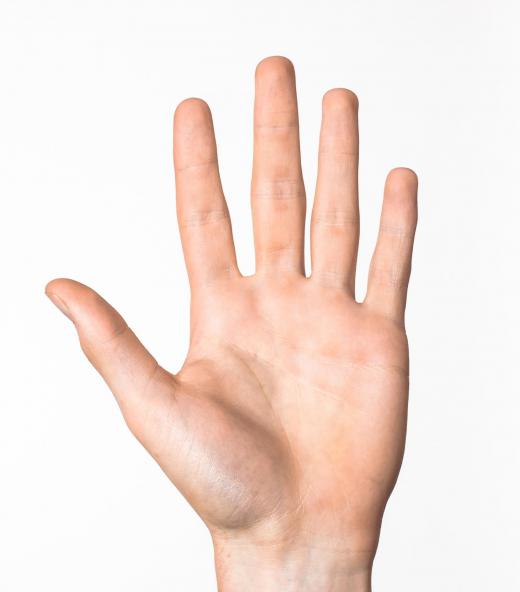
A commonly used strategy in lifting latent prints involves using cyanoacrylate ester, an ingredient found in many quick-drying glue products. This process involves placing the object suspected of holding prints into a controlled environment along with a measured amount of the compound. As the cyanoacrylate ester is heated, it begins to release fumes. Over a period of several hours, exposure to the fumes will cause the prints to become readily visible, making it easier to photograph the prints before any attempts to copy the prints onto another medium are made.
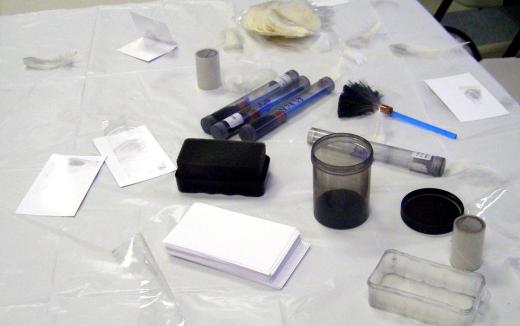
The exact approach to fingerprint lifting will also depend on the medium that holds the print. Powders work well on smooth surfaces, while the use of cyanoacrylate ester or even products like silver nitrate are more effective with surfaces that are ribbed or otherwise not smooth. Over the years, the art of fingerprint lifting has become increasingly sophisticated. Today, it is possible to retrieve fingerprints that would never have been found in decades past, a reality that increases the ability of law enforcement officials to collect relevant evidence needed to solve crimes.
AS FEATURED ON:
AS FEATURED ON:















Discussion Comments
What exactly is in fingerprint dust?
Prints in blood or dust can not be lifted because the process would destroy them.
Even prints that have been in water for a period of time can be lifted after the object with prints on them was dried out.
For latent prints a contrasting color powder is used, usually black or grey. Black is usually used on light surfaces, while gray is used on dark surfaces and also mirrors.
The powder, a small amount of it, is brushed on to the surface where it will cling to the ridges of the prints.
Post your comments